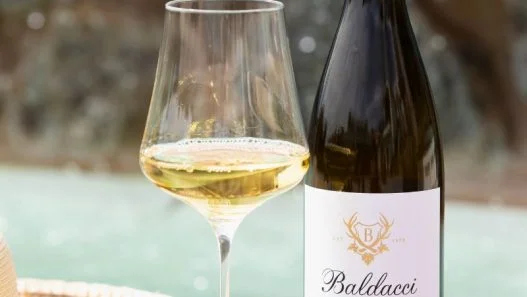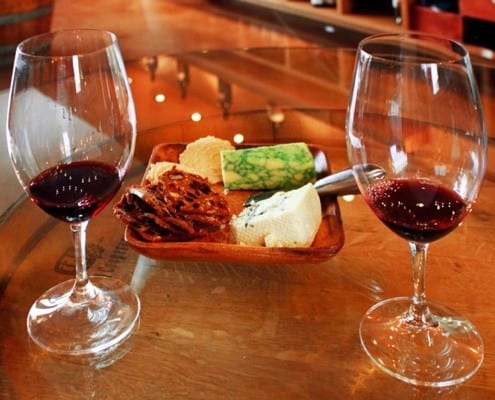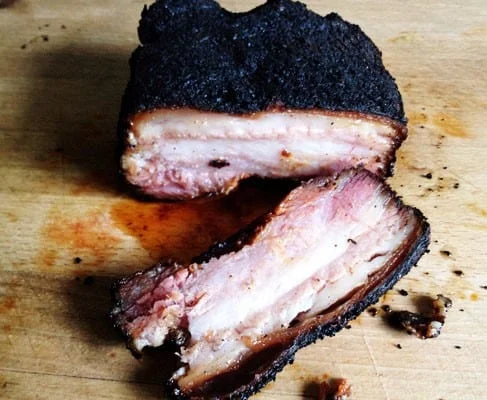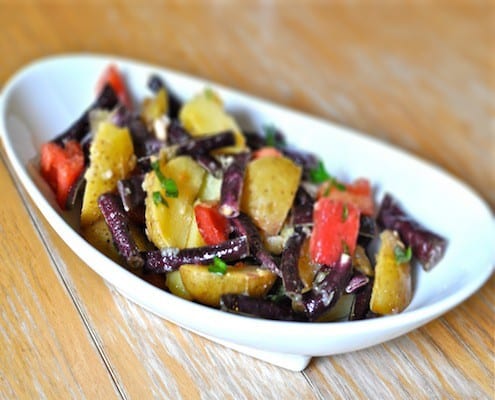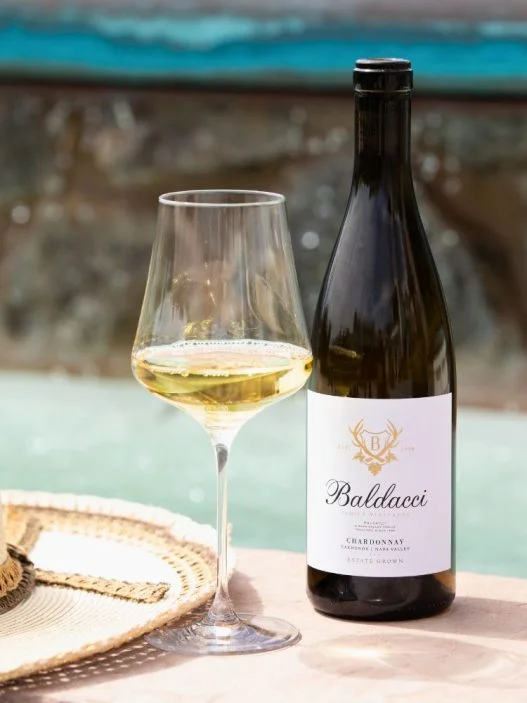Cheese and wine are perfect summer fare. Both are easy to serve and both are simple, two qualities that are ideal for making summer snacking special.
By Greogory Dal Piaz
A lot of people, myself included (what do you think I’m about to do?), will try to tell you how to enjoy your cheese and wine. Before I delve into the ways of cheese pairing, let’s just get one thing perfectly straight: the best cheese and wine pairing is the one you like the best.
I’m about to beat the most clichéd cheese and wine pairing in the book, but if you love goat cheese with a tannic red, go for it and don’t let anyone dissuade you. At the same time, if you’re open to experimenting with cheese and wine pairings, check out the following list for some tips on making your summertime cheese and wine pairings a hit!
Photo Courtesy of GaryPaulson via Flickr/CC
Goat Cheese and Sauvignon Blanc
Here we go, cliché city. Goat cheese and Sauvignon Blanc, it has been beaten to death, I know. What I also know is that it’s a killer pairing and that’s why we’re always going on about it.
Why it works: This is a classic, complementary pairing. Both the goat cheese, Chevre in particular, and Sauvignon Blanc are lighter bodied, high acid examples of their types.
How to make the most of it: Bruschetta
Chevre is a lovely cheese but it can easily get lost in complicated preparations or have the acid cooked out of it. I like to prepare bruschetta with a schmear of Chevre, topped with some great heirloom tomatoes. Black Zebras are my favorite!
Wines to try: Check out some of the great Italian Sauvignon Blanc from the Alto Adige and Friuli.
Tiefenbrunner Kirchleiten Sauvignon Blanc
Russiz Superiore Collio Sauvignon
Sauternes and Roquefort
Here’s another famous pairing. It might seem a bit heavy for summertime enjoyment, but there’s a great idea here waiting to happen.
Why it works: This is a study in contrast, the sweetness of the wine vs. the salt of the cheese. Both tend to be fairly creamy in texture, creating a bridge that unites the two in harmony.
How to make the most of it: Roquefort Blue Cheese Dressing
Summer is time for salads, but sometimes you want something big and bold. This is the perfect opening for a lovely Roquefort dressing, perhaps to top a nice grilled chicken salad with spicy greens.
Wines to try: Sauternes can be a bit much in the summer. You can get much the same effect by reaching for something a bit less sweet from Bordeaux, say a nice Loupiac, one of Sauternes lesser known siblings! Try it with a light chill.
Parmigiano and Lambrusco
Here’s a case of contrasting flavors layered upon the “if it grows together, it goes together” idiom. Both Parmigiano and Lambrusco come from the Emilia-Romagna region of Italy, and they both rock. In addition, the region was recently hit by a series of earthquakes, so even though this pairing is worthy of recommendation all on its own, there is a humanitarian aspect to supporting the farmers. So let’s have at it!
Why it works: I’m thinking of using a slightly off-dry example of Lambrusco (the classic style), which will lend this a salty vs. sweet contrasting challenge.
How to make the most of it: Big chunks of cheese
Lambrusco and antipasto are a match made in heaven. Add in some salty olives and salumi, chill two bottles of Lambrusco – more if you’re inviting guests, and enjoy a little, no make that a big, snack-fest al fresco. That’s what summer is all about!
Wines to try: Dry Lambrusco is the current craze but there remains a place for a lovely, lightly sweet version to wash down these salty snacks.
Feta and Assyrtiko
I think I’m making up a new classic pairing, you got a problem with that?
Why it works: These are two forms of silky, encapsulate saltiness, brushed with minerality. The real excitement comes from the clash of creamy feta with the incisive cut of Assyrtiko’s minerality and acidity.
How to make the most of it: Chiles Rellenos
Yes, this is one of those cliché Greek/Mexican dishes you’re seeing all over the place! Seriously though, the feta explodes in a chile rellenos recipe and the slightly smoky, piquant nature of a freshly roasted poblano goes crazy with Assyrtiko. Add in some epazote for an even more authentic dish. Opa!
Wines to try: Assyrtiko, there’s not really a substitute.
Hatzidakis Assyrtiko Santorini
Brie and White Burgundy
Brie and white Burgundy is an old stand-by of the cocktail set, a relic of the 1960s reborn in a “Mad Men” frenzy by men in skinny ties and women in dresses that resemble drapes. It’s a pretty good pairing nonetheless!
Why it works: Brie – and I’m talking about the ripe to riper examples – has a fine butter nature enhanced by the subtly funky crust of mold that supports it. White Burgundy also often has a bit of butteriness, and the use of battonage, the stirring of the lees (mostly dead yeast cells), tends to lend white Burgundy a bit of creaminess and an underlying layer of non-fruity flavors that marry well with the cheese. Perfectly, in fact.
How to make the most of it: Bake that Brie
Even in the summer months, a nice wheel of baked Brie is great. It’s easy – just use prepared crescent roll dough. Festive and delicious! Top it with nuts or fruit, as is traditionally done, or pave a brave new path and slather it with sun-dried tomato spread or something equally fun.
Wines to try: You need a partner who can follow the Brie, not lead, so look for something simple and soft, like the gooey edges of the cheese.
Verget St. Veran Terroirs de Davaye
For more wine news and reviews, visit Snooth.com.




